Last week, Capcom revealed the long-awaited port of Onimusha. OK, technically it wasn’t awaited since gamers assumed the company had completely forgotten about the franchise. But, deep down in the minds of anyone who ever heard of the series, there was a faint glimmer of hope that Onimusha, like its main antagonist Oda Nobunaga, would rise from the ashes like an evil, demonic phoenix. Well, that’s exactly what happened. The port wasn’t the Onimusha 4 some hoped for or the remake we at Twinfinite wanted, but it is still more than the franchise has received in half a decade —but why look a gift horse in the mouth? Then again, Capcom is sitting on plenty of other games ripe for a revival, and here’s a small sampling of what Capcom could, nay, should port to modern consoles next.
Asura’s Wrath
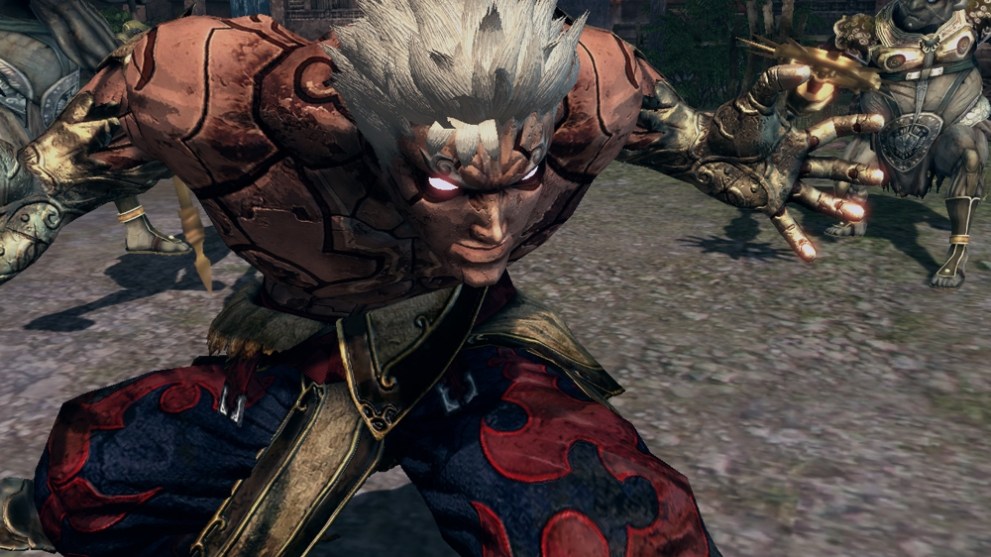
Many video games feature an anime aesthetic and art style, but how many actually play out like an anime? Granted, it’s difficult to develop a game that makes players feel like they’re watching a television show. Almost foolhardy, some might say, but Capcom and CyberConnect2 (you know, the guys behind literally every Naruto game in existence) were up to the task, and it is one of the most insane and epic games ever produced, easily surpassing all of PlatinumGames’ library in terms of sheer spectacle.
In Asura’s Wrath, players take control of Asura as he wages war against a pantheon of Buddhist/Hindu inspired demigods (but with a science fiction flavor) and channels his, well, wrath against them in some over the shoulder beat ’em up action. The only aspect of the game more simple than the plot is its control scheme, which is 90% quick-time events. But, don’t get out your pitchforks and torches just yet; these are quick-time events done right, so believe it or not, they organically augment the experience of fighting everything from cannon-wielding mecha-Buddhas to a planet-annihilating finger.
Since almost every anime seems to have its own video game, Capcom should step in and show developers how to properly make a game feel like an anime with a port of Asura’s Wrath. Doing so would be an excellent opportunity for the company to make up for past crimes since we haven’t quite forgiven Capcom for initially locking the final chapter behind a DLC paywall. Just incorporate all the DLC —including the optional fights against Street Fighter’s Ryu and Akuma, in the port— and we’ll call it even.
God Hand
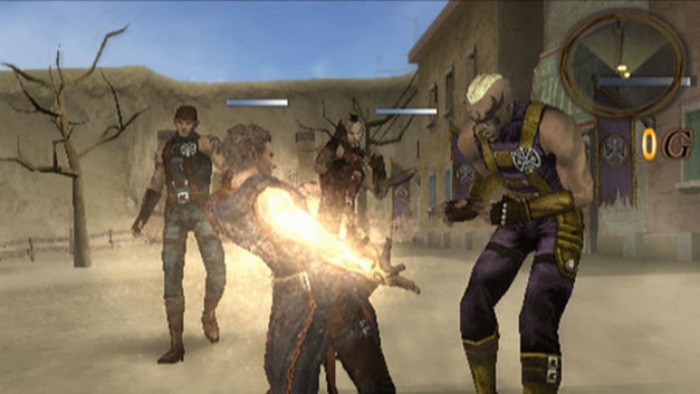
Plenty of stellar games are also funny. They might feature an occasional fourth-wall break, a meme reference, a character moment full of levity, or just some good old clever writing. No two games are the same in their execution, but God Hand stands above them all by being an ode to over-the-top (and sometimes offensive) insanity.
God Hand is Clover Studios’ last great beat ’em up, a genre that used to be everywhere. It has since been mostly replaced by spectacle fighters like Bayonetta, but then again Bayonetta is made by PlatinumGames, which came from the remnants of Clover Studios, so it’s no wonder God Hand is as fantastic as it is crazy. God Hand is at times a punishing game, but it does not have Devil May Cry 3 levels of difficulty where the so-called normal mode is equivalent to a hard mode in other games. In this game, the difficulty mode is controlled by a dynamic system and increases/decreases with player skill, which makes it tough yet fair. When players can string together epic beat downs without taking a hit, the difficulty increases —as do the rewards— making enemies hit harder and faster. But, if players find themselves on the receiving end of an ass whuppin’, the difficulty decreases until adversaries are little more than semi-sentient practice dummies.
God Hand’s difficulty system is nothing if not unique and would help the game stand out in a modern market, especially since beat ’em ups are making a comeback (if the Internet’s reaction to Streets of Rage 4 is any indication).
Breath of Fire 1-5
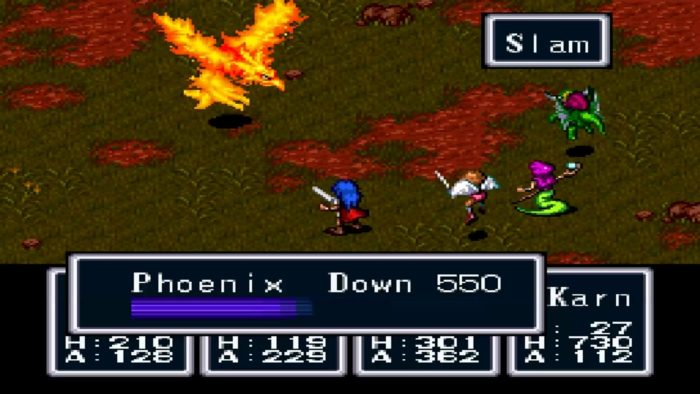
When you think about classic JRPGs, odds are your mind goes to the Super Nintendo games of yore. Final Fantasy VI, Chrono Trigger, and Super Mario RPG. If you wanted a turn-based JRPG that would eventually stand the test of time, the SNES was your go-to console and Square Soft your equally go-to publisher/developer. But there was one non-Square franchise that, while fantastic and beloved, has not received much attention from its makers as of late: Breath of Fire.
There’s a joke on the Internet; if you’ve played one turn-based JRPG, you’ve played them all. Like many other JRPGs, the Breath of Fire franchise lets players control up to four eclectic characters (you literally can’t get more diverse than a team made up of a naga, an angel, a monkey, and a catgirl). The games tend to devolve into the time-worn pattern of battle, grind, level up, buy new equipment, and repeat until the end; but that’s not a bad thing. Like most JRPGs, Breath of Fire’s stories tend to be decent with a few plot twists. However, the fifth entry in the franchise, confusingly titled Dragon Quarter, throws several wrenches into the formula with finite consumables and enemies, as well as an in-game timer (of doom) that is significantly cut whenever the main protagonist uses certain attacks.
Modern JRPGs have slowly been making their way back to their turn-based roots, so now would be the perfect time for Capcom to grace gamers with a Breath of Fire collection. After all, Square Enix recently revived Chrono Trigger, so why can’t Breath of Fire come back, roaring like a dragon reborn? The franchise needs a good shot in the arm, especially since 2016’s mobile game, Breath of Fire 6, was critically panned.
Mega Man Legends 1 and 2
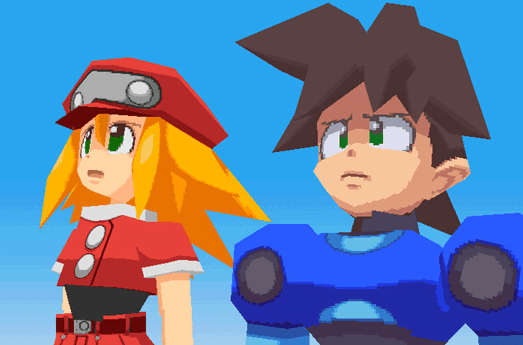
When Capcom announced Mega Man 11, many gamers asked, “Where is Mega Man Legends?” This short-lived spin-off has become a legend, pardon the pun, in its own right. It is the Ocarina of Time to Mega Man’s A Link to the Past or the Sonic Adventure to Mega Man X’s Sonic CD.
Mega Man Legends 1 and 2 were a bold step into the third-dimensional realm, and unlike other games that tried to make the switch from 2D to 3D, Mega Man Legends didn’t trip over its own feet. Mega Man’s signature platforming is almost entirely replaced with some light RPG upgrades and circle-strafing laser combat, but Legends sticks in the minds of gamers because of its story. Most Mega Man games can be summed up as: Mega Man good, Dr. Wily bad. But, the Mega Man Legends games’ stories featured heart, and a sizable one at that. If you want to know why characters, heck, villains like Tron Bonne and her army of Lego-like Servbots have maintained their fame, it’s because of Legends’…ahem…legendary characterizations.
A port of Mega Man Legends 1 and 2 might require a few tweaks to the control scheme, since by modern standards they are beyond clunky; however, it would still sell extremely well. Mega Man’s popularity has reached a fever pitch thanks to slew of Mega Man collections and the announcement of Mega Man 11, so what’s one more port to please the fans?
Viewtiful Joe 1 and 2
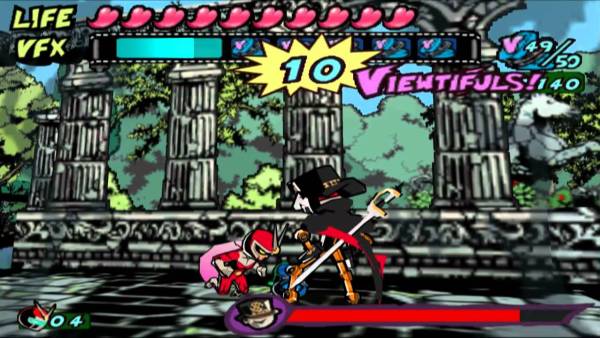
If there’s one thing you should take away from this list, it’s that Clover Studios is awesome, and gamers need to play all of its titles. Capcom already released Okami for modern consoles, and God Hand is already on this list, so that only leaves the Viewtiful Joe franchise. Well, only Viewtiful Joe 1 and 2; Double Trouble and Red Hot Rumble weren’t that great.
So, you already know gamers crave beat ’em ups, and that’s exactly what Viewtiful Joe 1 and 2 are, except unlike God Hand, they are 2D beat ’em ups with a healthy dose of cel shading for extra flair. Both Viewtiful Joe games star a regular Joe (literally) who gains the power to transform Power Rangers-style into a spandex-clad hero who travels to various movie-themed worlds and uses powers that emulate movie camera tricks. I’m talking about dodging attacks Matrix-style with slo-mo, turning into The Flash with mach speed, and creating dramatic finishes with in-game camera zooms, all to live out the most common of movie tropes: rescue the damsel in distress. But she’s the protagonist’s girlfriend, which gives players that extra bit of motivation when it turns out she’s trapped in another castle. Plus she actually joins in on the action in the second game, because that’s just what happens in sequels.
Now, we already mentioned Viewtiful Joe in our “6 Games Capcom Should Remake” list, but to be fair, it doesn’t matter if Capcom remakes or ports the games. More Viewtiful Joe is always good in our book since, as we stated in that article, it’s just so original.
Darkwatch
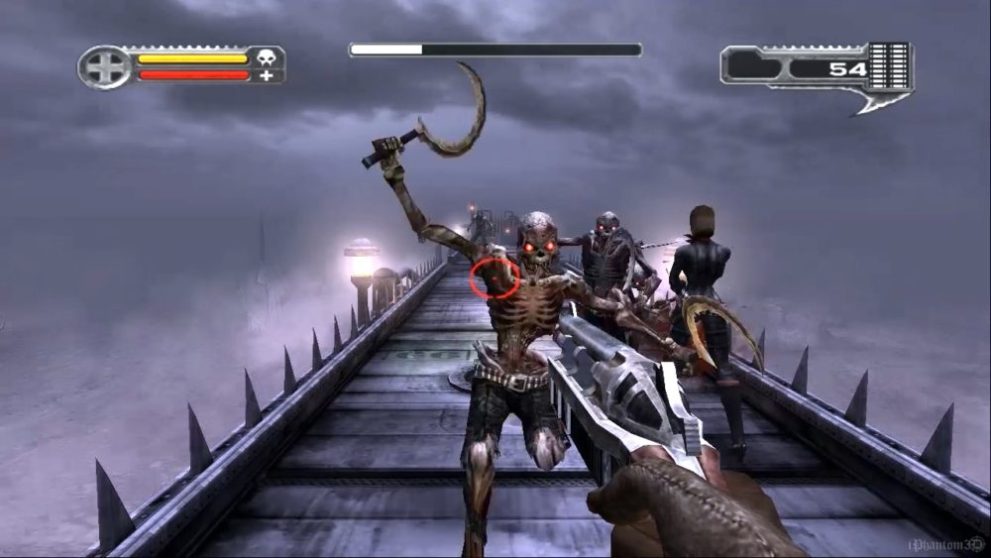
When you think about FPS games Capcom has published, you probably start by drawing a blank. Then you realize the company has a few under its wing, namely the Resident Evil Chronicles games, Killer 7, Resident Evil 7, and that awesome (but sadly cancelled) Mega Man spin-off only known as Maverick Hunter. But Darkwatch might not come to mind because it was neither developed by Capcom nor a part of an existing IP. The game was made by High Moon Studio (of Transformers: War for/Fall of Cybertron fame), and it is a forgotten and bloody gem.
At first glance, Darkwatch seems as though it will rely on the most overused of cliche settings: the steampunk old west where steam-powered dune buggies replace horses and every weapon sports more gears than Kingdom Hearts characters wear zippers. But then Darkwatch introduces vampires into the mix, complete with vampiric abilities for players’ characters to use alongside their revolvers, dynamite, and whatever other steampunk weapons they grab with their black leather-gloved hands. While the game mostly plays like an old school FPS (no automatically restoring health here), it implements a morality system that changes the ending and available abilities, and it also uses a lighting system that steals away all the protagonist’s sweet vampire skills, forcing players to rely on their trusty irons.
While Darkwatch was initially intended to be the start of a new multimedia franchise, that plan fell through. It’s too late to revive those designs; however, it isn’t too late to bring Darkwatch back for a new generation with a port. If Castlevania has taught me anything, it’s that all good vampires eventually come back. And evil ones as well. Although, Capcom might have to duke it out with Ubisoft since Capcom published the title in the US while Ubisoft held publishing duties in Europe and Australia. But if they can come to an agreement, they should exhume this hidden beauty ASAP.

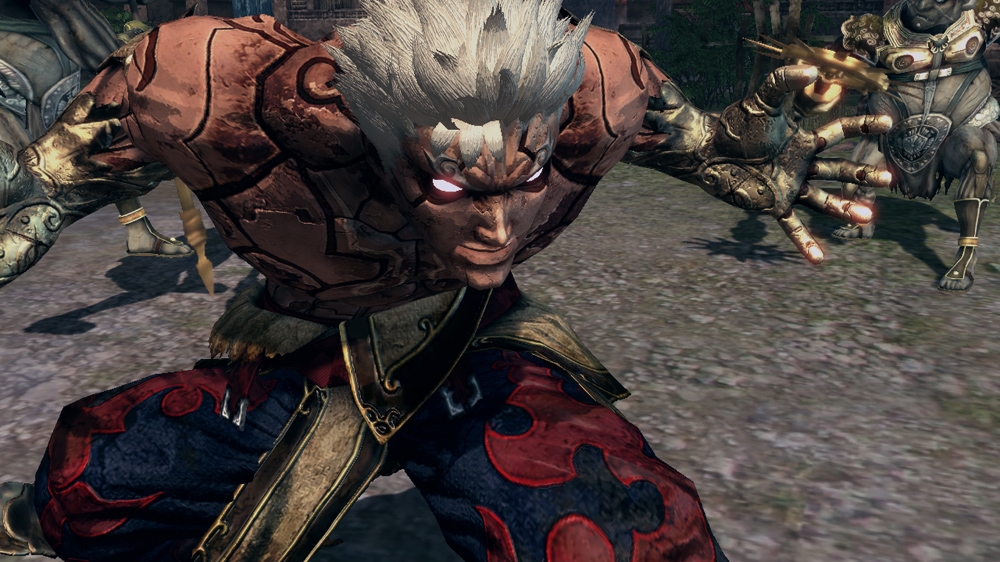











Updated: Sep 6, 2018 10:07 am